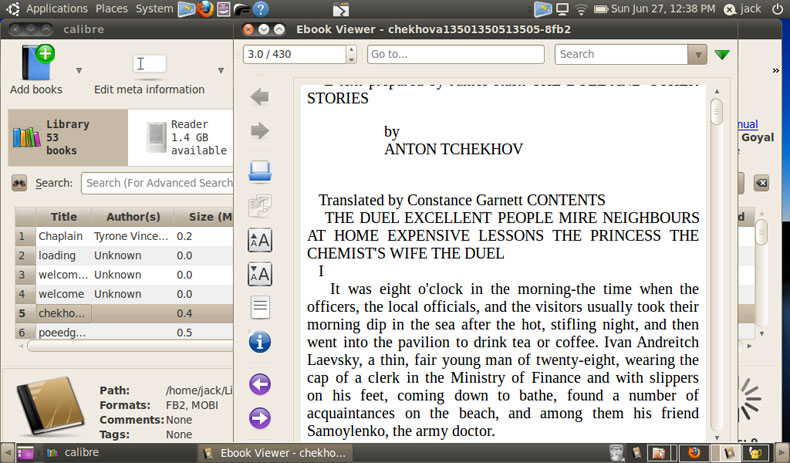
Why, you wonder, when all along we've sung the FOSS praises of GNU/Linux (hereafter referred to as the more simple "Linux," with all deference to Stallman) and that Linux is free? What could be better than free? If Linux Desktop is free and can't gain more marketshare (estimates range somewhere around 1 percent Linux Desktop market penetration) then one or a combination of the above reasons must be why Linux fails. If Linux passes all points in the opening paragraph, what gives?
But Is Linux Really Good Enough?
Let's revisit the opening common claims to Linux's failings:- Linux is too hard to learn: Fail. Linux, especially Linux Desktop, couldn't be easier to learn. In the last 10 years Linux usability work has exploded with ideas and implementations. A Linux Desktop may be different (think Ubuntu vs. RedHat, Gnome vs. KDE), but it's only different. I've never had to abandon teaching someone how to use a Linux Desktop.
- Linux is deficient: Nope. Not even close. As an anecdotal example, I recently connected an old XP laptop to my 1920x1200 monitor to make work on that computer easier. Alas, the video drivers available could not drive the resolution on my monitor -- even after downloading and installing updates for XP and the vendor drivers. However, the Linux side of that dual-boot laptop happily fired up and handled the screen resolution perfectly. This is one example of many times I've seen Linux rise to a technical challenge while Windows failed. This point begs more discussion. In future articles I promise to drill more deeply into this topic. For now, I submit that in my (more than anecdotal) opinion, Linux Desktop is far from deficient.
- Linux wasn't meant for the general user: Uh-uh! Geek elites are confusing technical obfuscation of what is possible to do (Unix command line, etc.) with what is transparently easy to do today on any Linux Desktop (browse and manage files, surf the Internet, write and manage documents, handle e-mail, etc.). Linux can be as difficult as you want it to be to learn, but for general desktop use and day-to-day tasks, Linux Desktop couldn't be more appropriate for general use.
Why Don't Linux Servers Suffer Same Fate?
The users of Linux Server technology are extremely technical, and with good reason. They support technology on which businesses run.Users of Linux Server barely blink that Linux is free -- they're much more interested that Linux is excellent. Their measuring stick is based on deep technological understanding, and hence they do not need to look to alternate valuations. And in the server market, Linux thrives in spite of being free.
But Linux Has to Be Free!
Yes, Linux is Open Source and Linux is free. But there are myriad ways to combine the free Linux with added value. Water is free too (kind of), and you don't find people hesitate to pay a buck-fifty for 12 ounces of it because it's in a pretty plastic bottle! There are ways.Then how?
I wish I knew, but I'm in the opinion business. I do think Linux Desktop gains main street cred when someone finds a way to cut, polish and mount a Linux Desktop diamond in the rough. Polished, packaged and priced like a real product, Linux Desktop offers attractive marketing opportunities. Linux Desktop is ready for prime time. Linux Desktop needs to look, feel, smell and cost like prime time. We're more likely to proudly show off our shiny new desktop we bought. And that is how we create a Linux Desktop buzz.
Linux Desktop buzz is what's been missing. Really. And the company that finds a way to create the buzz puts Linux a chip shot away from real market share. Linux Desktop -- it's going to cost you. And it should.












.jpg)
.jpg)
.jpg)
.jpg)
.jpg)
.jpg)




